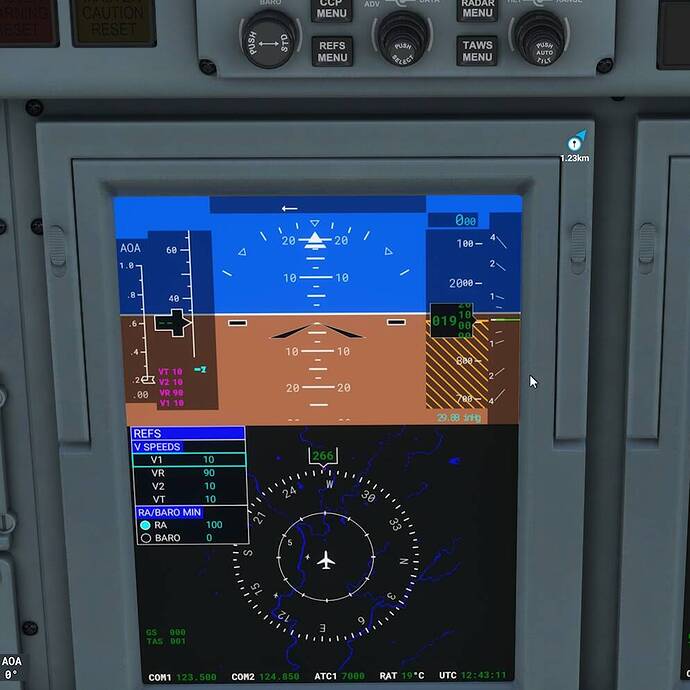Correct, when flying a CAT-I ILS you aren’t even allowed to use RA. You only set DH bug to DH for CAT II/III approaches. As the terrain in front of the runway further out is not prepared (can slope up or down), the DH call will not correspond to the altimeter DA/MDA. If you don’t have to option to set DA / MDA bug (barometric) instead of DH (RA), then turn it all the way down and make a manual callout.
As an example, imagine a 100 ft cliff in front of the runway. If you set DH bug to 200 ft RA on a CAT I ILS approach the “minimums” callout will be 100 ft too late. Therefore the DH bug can only be used on runways certified for CAT II operations as the area in front of the runway is specially prepared and then only on CAT II approaches, for a CAT I approach you still need to use a DA/MDA bug to get “minimums” call at the correct barometric altitude.
As mentioned before, the reactive part of (E)GPWS is solely relying on RA, the predictive part uses the GPS geometric altitude and a terrain database. TCAS uses radio altitude to inhibit increase descent RAs (A bit confusing maybe but RA here = Resolution Advisory), then a bit lower all descent RAs are cancelled, then even closer to the ground all RAs are inhibited.
There are aircraft without radio altimeter which have some kind of terrain and traffic alert systems based on GPS geometric altitude and pressure altitude instead. I don’t know if you can officially call those TCAS and (E)GPWS. In short, the only use cases for radio altimeter is terrain awareness (GPWS), TCAS inhibit functions and CAT II / III DH callouts. Its not further used in flight.
The height callouts on approach are a GPWS function and can be chosen from a menu of options. Even on the same aircraft type, callouts can vary between operators. Usually the full list to choose from is: 2500 ft (radio altimeter alive), 1000 ft, 500 ft, 200 ft and then 50, 40, 30, 20, 10.
1000 ft and 500 ft are quite useless callouts in my opinion. On instrument approaches you usually perform a call at 1000 ft and then 500 ft above runway elevation to confirm stabilized. These RA callouts always interfere with that as the area in front of the runway is almost never completely flat, if there is a hill in front of the runway it might occur early so you always have to respond with “disregard”.


